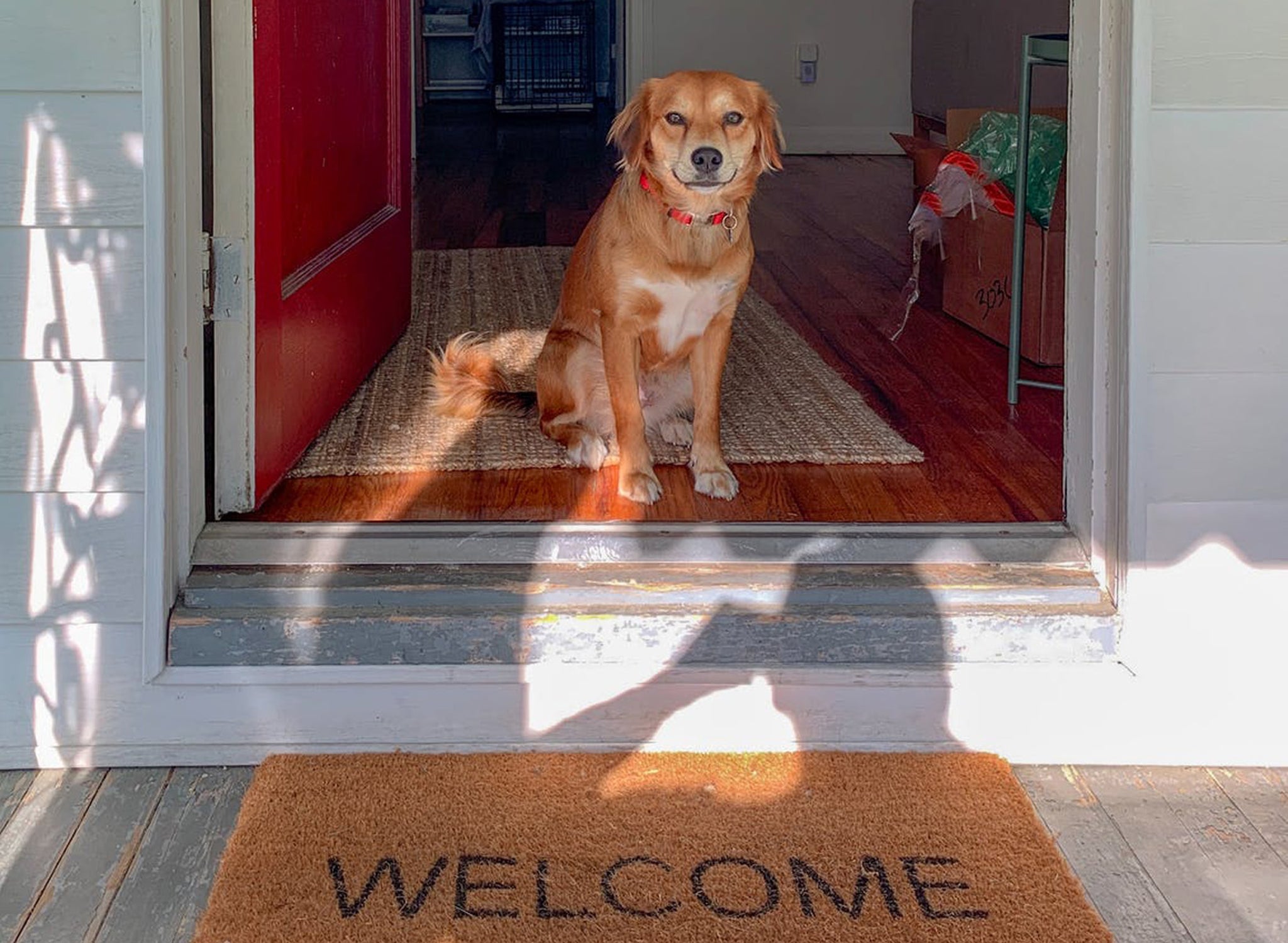Plan Ahead
Preparing your house for a new family member should be done beforehand. Have a collar, identification tag, food, bowls, beds, and toys ready for them when they walk through the door. A new dog will need a leash, and a new cat will need a litter box. Bathroom supplies might include shampoo, combs, and toothbrushes. In terms of food, it may be best to feed them what they were eating at the shelter because they are comfortable with it. Talk with your veterinarian before changing their diet. Also make sure to pet-proof your house. Remove access to any hazardous household items such as the trash, power cords, and toxic plants.
Establish a Family Routine
Before you bring a new pet home, create a routine with your family. Establish a schedule of who will feed them and walk them. Talk about house rules like if the new pet is allowed on furniture or if they will have a crate. Having your whole family prepared for a new pet will help with the transition.
Spend Quality Time with Your New Pet
Try to bring your pet home on a weekend or a time when you can be home for a few days. Spending time with them and making sure they are comfortable with you and your family is important. If you already have pets at home, don’t forget to give them just as much attention. This new family member is an adjustment for them as well. Before adopting, talk to the shelter about “playdates” to bring your new pet to your house for a couple of hours. This is a good way to see if your new pet gets along with your family and your current pets.
Train Them Early
Pets fall into routines quickly, so establish a schedule and rules from the get-go. Let them know when they have done something wrong in a calm but firm voice. You don’t want to scare them, but you do need to set ground rules. Also make sure to praise them often. You may want to consider obedience classes.
Watch for any behavior issues that may come from the stress of relocating. Pets, especially cats, may be timid, have a loss of appetite, and display destructive behavior when they are nervous. Consistent routines and interactive toys can help relieve their stress. Be patient and give them time and space to adjust.
Take Them to the Vet Soon
Take your new pet to your veterinarian within a week of adoption. You need a checkup to see if your pet needs any vaccines or medicines. The shelter should have already given them the proper vaccines and may have had them spayed or neutered. Bring the documentation from the shelter with you to the first appointment. Your veterinarian may also have suggestions for your new pet’s diet and any behavioral issues you have noticed.




